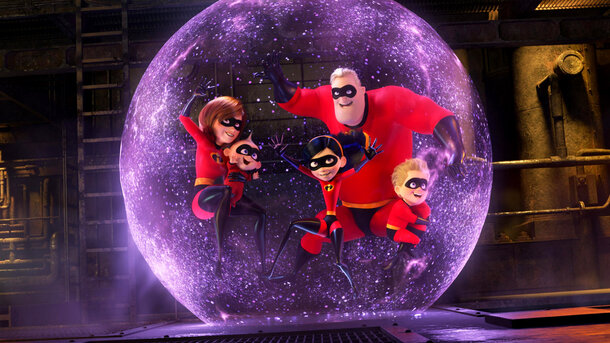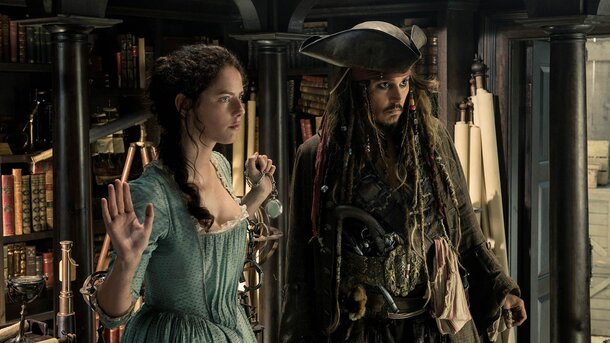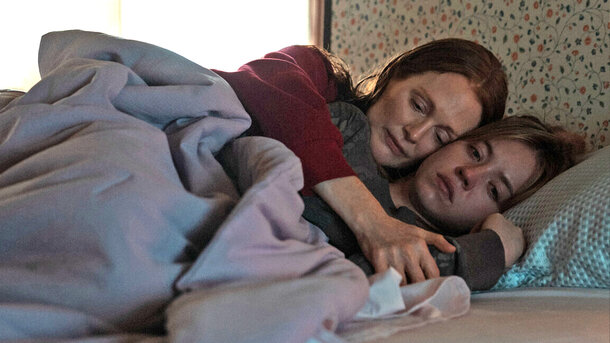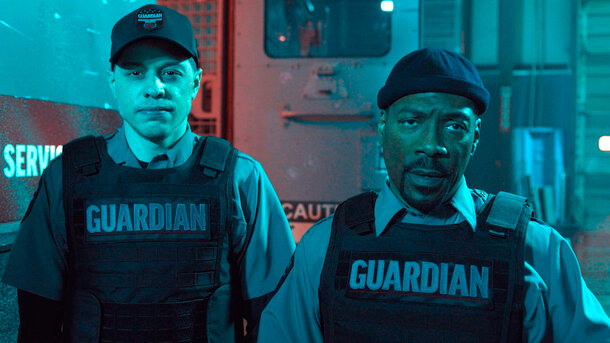J.R.R. Tolkien’s world was once home to two war-loving deities — Makar and Meássë — who embodied raw combat and chaos. Originally part of The Book of Lost Tales, these Valar thrived on battle, living in a grim fortress on the edges of Aman. Unlike Morgoth, they weren’t evil but found joy in destruction, making them unpopular among their divine peers. Even so, they fought alongside the Valar against Morgoth in the Battle of the Powers.
Why Did Tolkien Remove Them?
Tolkien’s early mythology drew from Greek and Norse traditions, where gods of war were common. However, as his vision evolved, he reshaped the Valar into angelic beings representing order and balance. Makar and Meássë, with their love of violence, blurred the clear moral structure of The Silmarillion. Having witnessed the horrors of war firsthand, Tolkien moved away from glorifying battle, leading him to erase these characters from his final legendarium.
Their Lingering Influence
Despite their absence in Tolkien’s final writings, the idea of war-driven deities could have significantly altered adaptations of his work. Peter Jackson’s The Lord of the Rings trilogy and The Hobbit films emphasized the struggle between good and evil, but a version of Middle-earth with Makar and Meássë might have introduced more morally complex characters and conflicts.

If Amazon’s The Rings of Power or any future adaptations explore the deeper lore of The Silmarillion, these lost figures could potentially be revisited in a new light.











